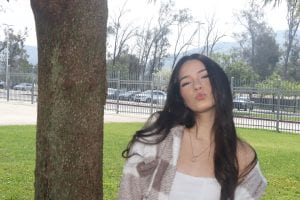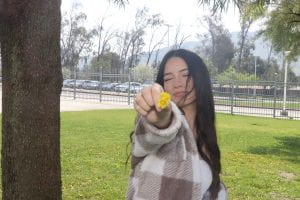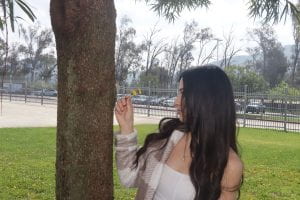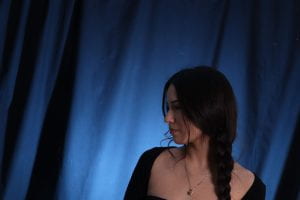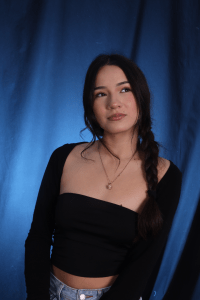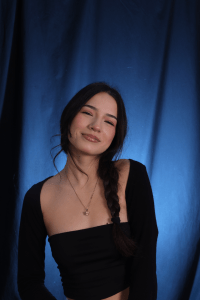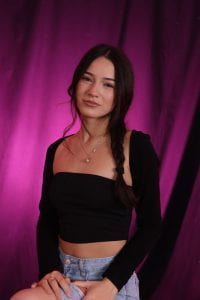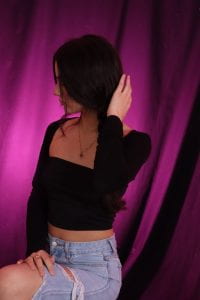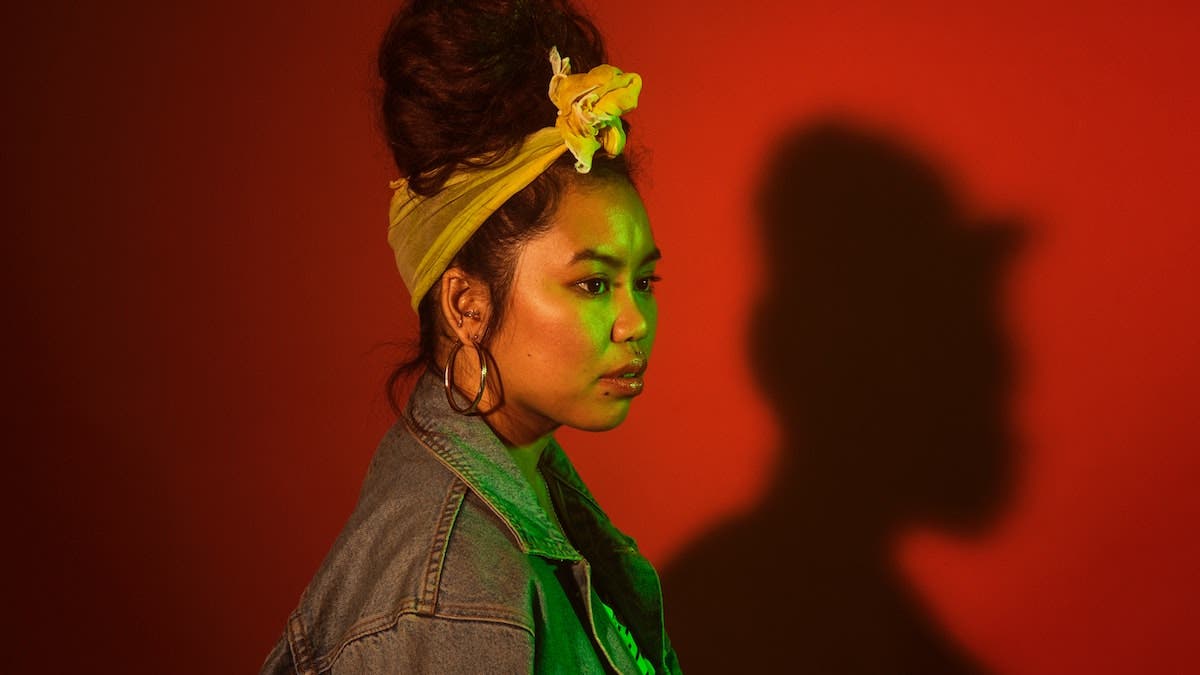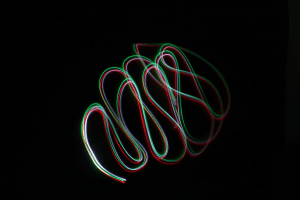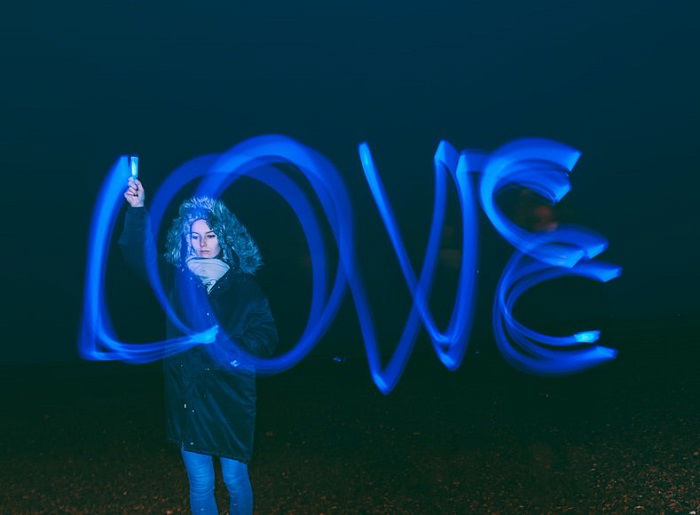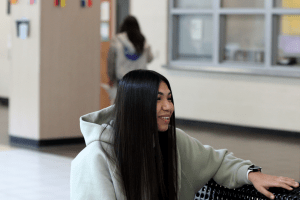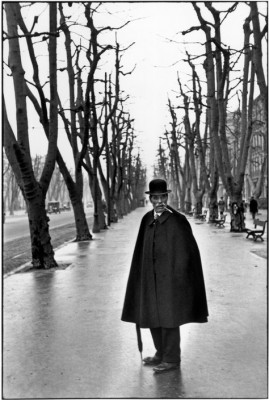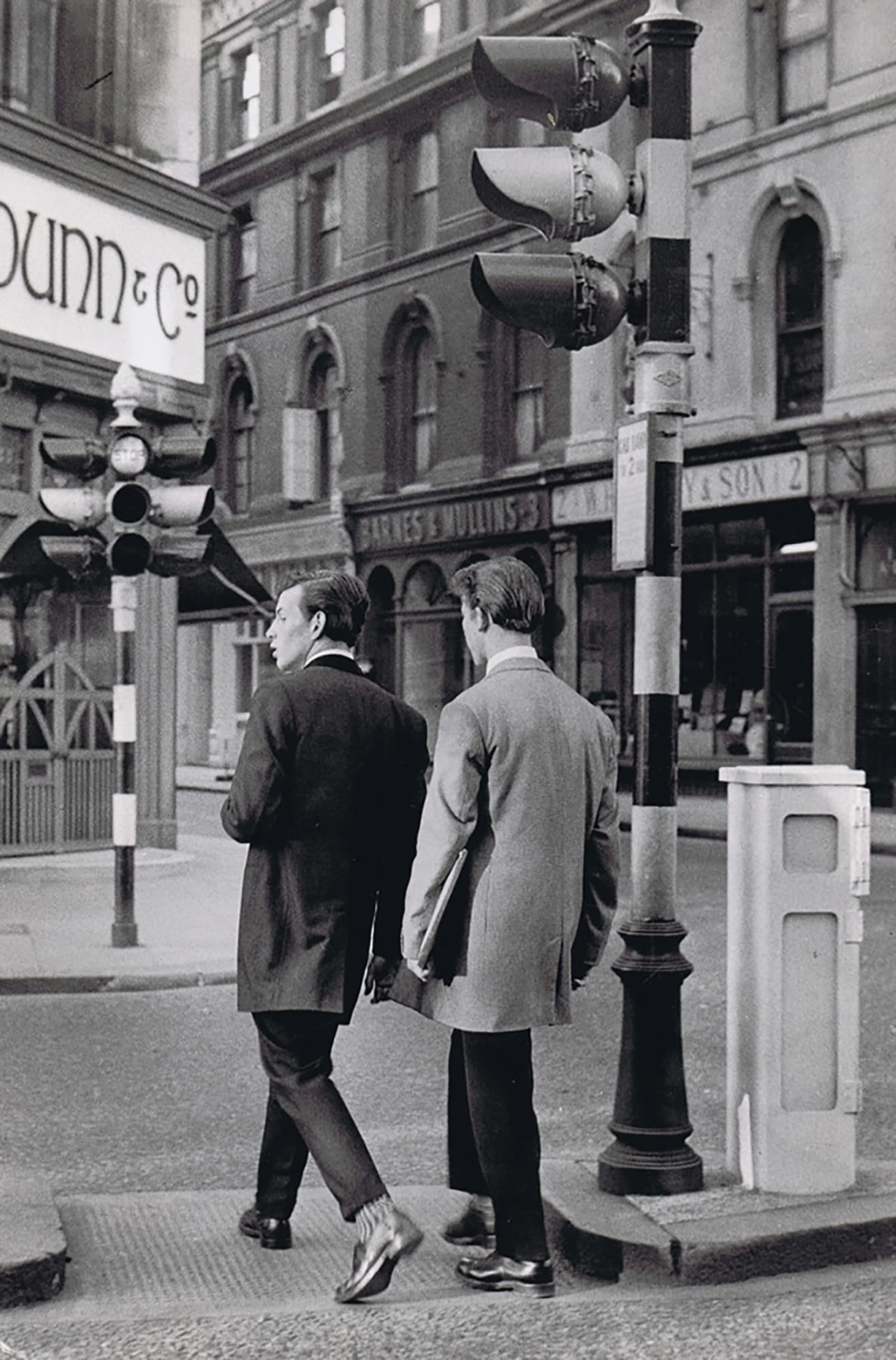1.Setting the exposure using the histogram the best way to tell if your exposure is correct is by consulting the histogram. Learn how to read it and make the necessary adjustments and until it indicates a proper exposure.
2.RAW Color, contrast and detail are all affected by this compression. To put simpler, shooting in RAW format will give you access to the full capabilities of your camera.
3.Selecting focusing points manually that’s why learning to change the AF points manually is a useful skill. It will improve focusing accuracy and reduce chances of missing important shots.
4.Learn all AF modes AI- Servo AF mode won’t lock the focus and it will constantly refocus. AI focus will automatically from one -shot to Servo if it detects movement in the frame.
5.Aperture Priority This is a great setting for shooting portraits with a blurred background.
6.Shutter Priority fast moving subjects can be shot in this mode, but it’s also very useful for low light situations where you don’t want the shutter speed to be slower than what you can use to shoot hand held.
7.Control motion blur Motion blur often comes from using a shutter speed that is too slow for holding the camera in your hands.
8.Manual White Balance All digital cameras have a few white balance presets.
9.Drive Modes It great for studio work or when shooting anything you have complete control over. CL is great for portraits when you have an expressive model and don’t want to miss any interesting faces.
10.Metering modes There are three metering modes in most cameras, each with a specific job. They have different names depending on camera manufacturer, but essentially they behave the same.
11.ISO Lower values are great when there is plenty of light to work with. Higher ISO values are needed for working in low light.
12.Auto-ISO not fond of any auto setting, but auto ISO will help you when shooting hand held.
13.Exposure compensation It is a +/- scale that will tell your camera to increase or decrease exposure, depending on your needs. It works for all semi-automatic modes (P, Av, TV) and will influence exposure in increments.
14.Manual exposure You can’t call yourself a real photographer until you’ve learned to control every little setting on your camera.

